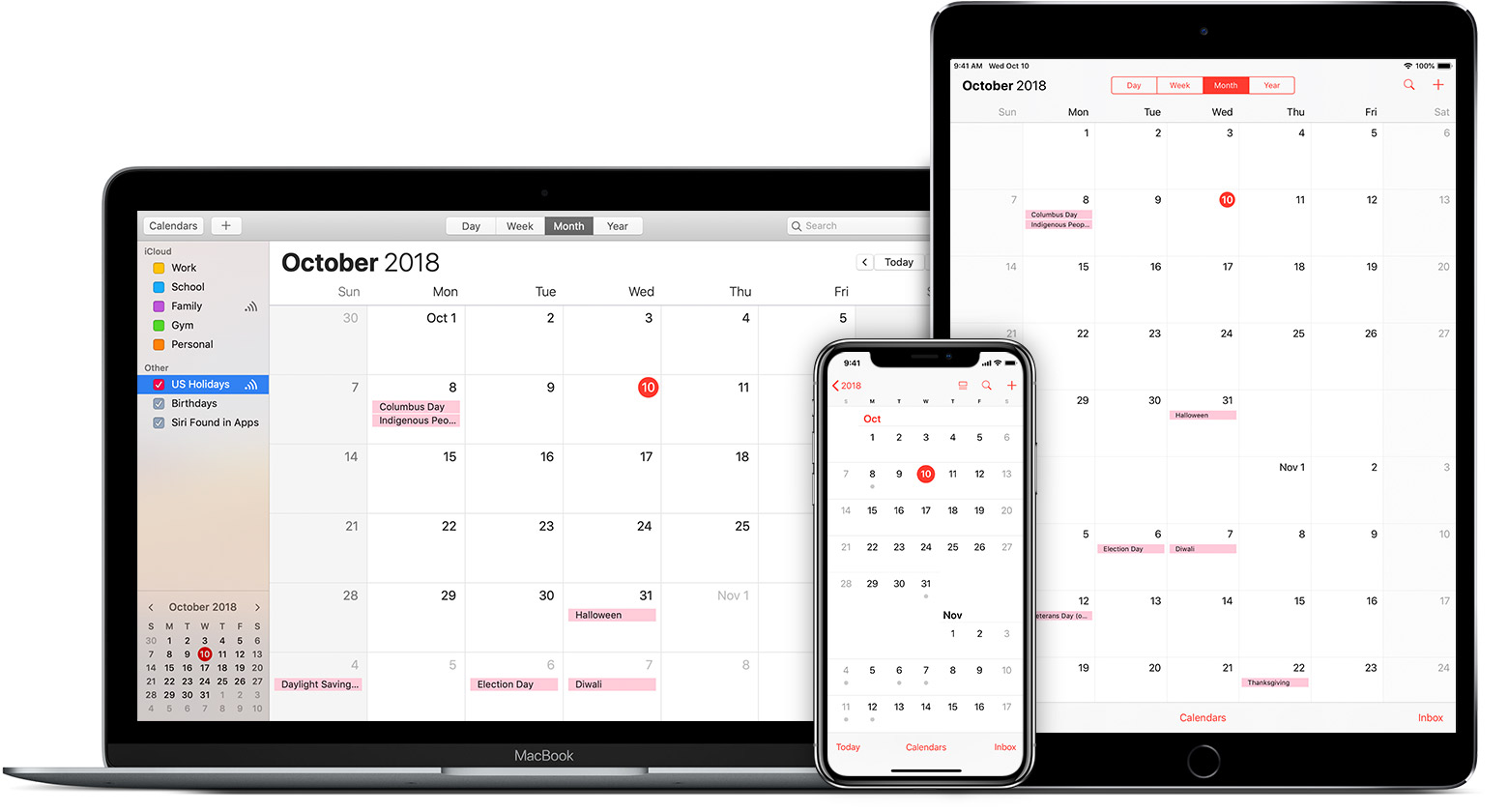The Bullet Journal Monthly log is by far one of the most well-known pages in the bullet journal community. You see it on Instagram and even on Youtube – the Plan with Me videos. Typically, we see calendars and drawings and themed pages so it seems pretty straightforward but I still want to talk about the original method and other interpretations/variations of the monthly log.
Monthly Log in the Bullet Journal World
Ryder Carroll’s monthly log is simple. Start off with 2 blank pages, create a vertical calendar on the left and write your monthly tasks on the right.
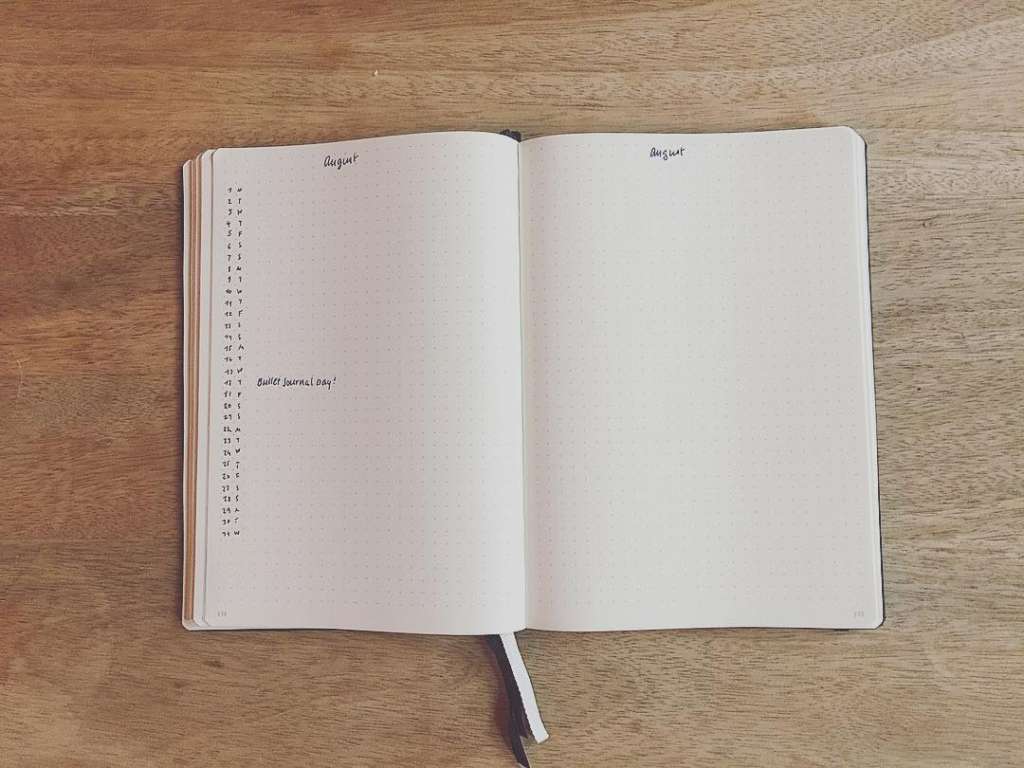
The original method is a strange take on a monthly calendar. As you learn/ed about the bullet journal, you probably asked these questions: “what if there are several events in a day? What about my appointments? What if the event is cancelled? Will I have enough space?
You see, the monthly isn’t supposed to look like desktop calendars with all the appointments displayed or these big calendars that are typically hung or placed on a desk.
The Bullet Journal monthly log was actually designed to act as a reference page or a summary page.
It offers a bird’s-eye view of the things you have to do, as well as your available time.
Ryder Carroll, The Bullet Journal Method
If you look at Ryder’s version, you will notice that he uses the calendar as a form of memory keeping and events logging rather than a place to keep all appointments. You can use it for important dates, of course. Ryder prefers logging events after they happen because not all events are set in stone. He advises us to keep it short and simple because it is supposed to act as a timeline.
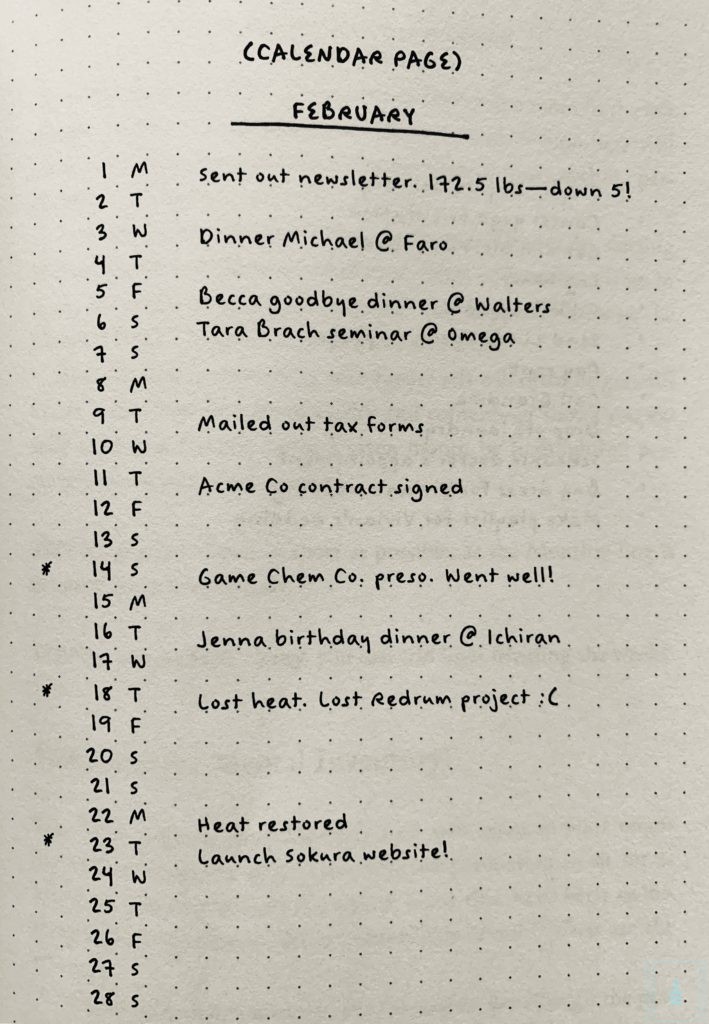
The Calendar
Bullet journalists who came from traditional planners, agendas, or desktop calendars may have found it challenging to adjust to the Bullet Journal monthly log. Before learning about the Bullet Journal system, I was all about planners – jotting down meetings, critical to-do lists, deadlines, etc.
Honestly, I was worried the monthly log would be counterproductive. When I started bullet journaling, I tried using the original method (with a bit of design) but realized it didn’t fit my needs. I struggled to adapt because I was used to a calendar setup that allowed for multiple appointments and notes on one page. It turned out I was right – it didn’t help me much.

Those who tried the original Bullet Journal layout often explored other options because it didn’t suit their needs. That’s why you see so many variations of the monthly spread—and honestly, it’s one reason people think they need creative skills to start a bullet journal.
Linear / Vertical Calendar, the original design
We’ve seen what the monthly log was designed to look like. There are still quite a number of people who find this useful. I’ve noticed that most of the people who use this method are those who are always “on the go” and don’t have time to sit down and create calendars (or even print them). I have a friend who is a law student and uses the bullet journal system – she enjoyed using the linear minimal layout because it was straightforward and easy to use.
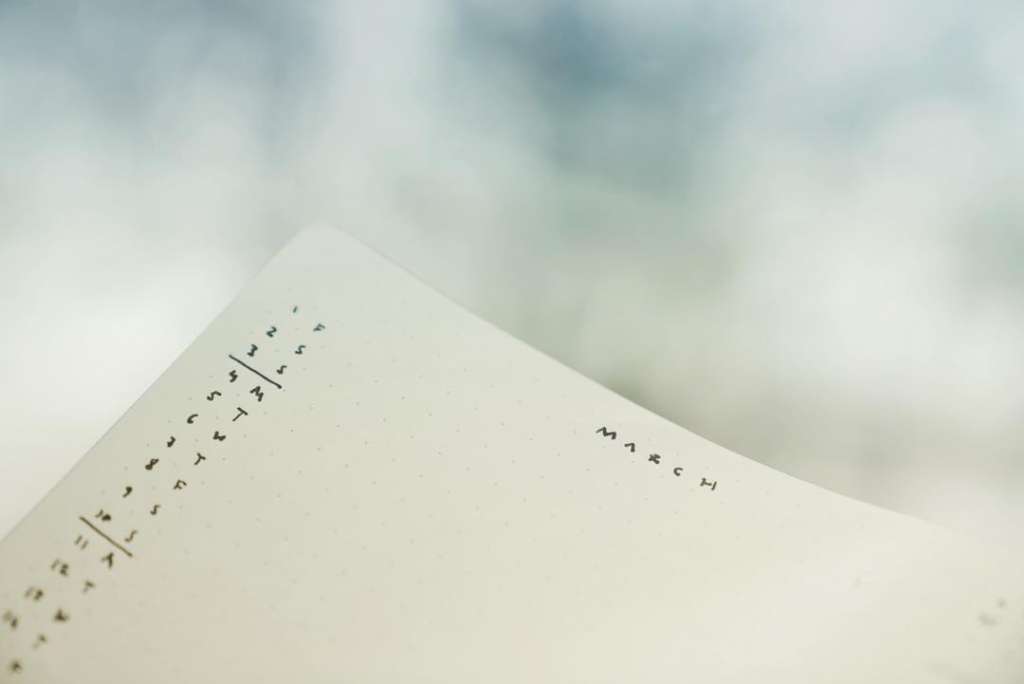
Sylvia of Via Calligraphy also uses the original Bullet Journal monthly log. Being a creative person, she adds flair to it. She’s been using this format for as long as I can remember and it seems to be working for her. Highlighting weekends is also a great way to divide the weeks.
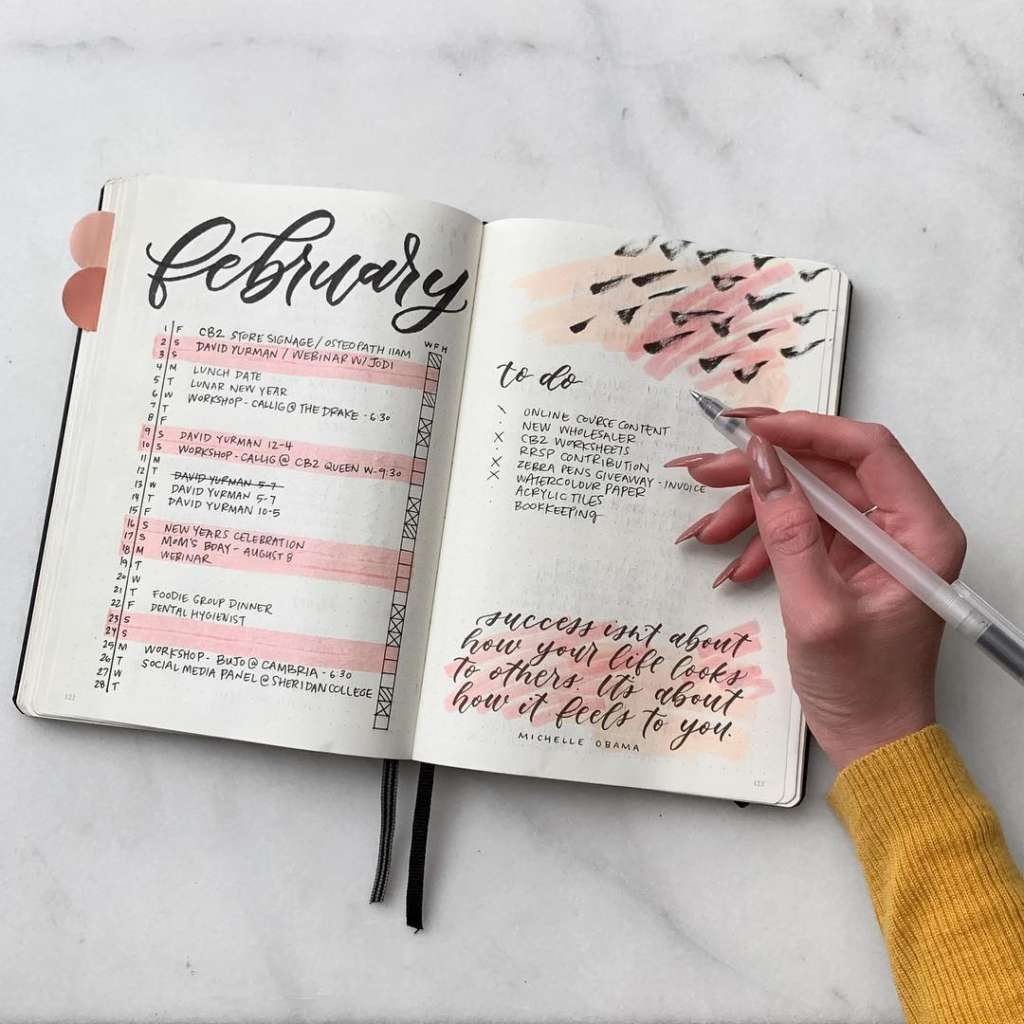
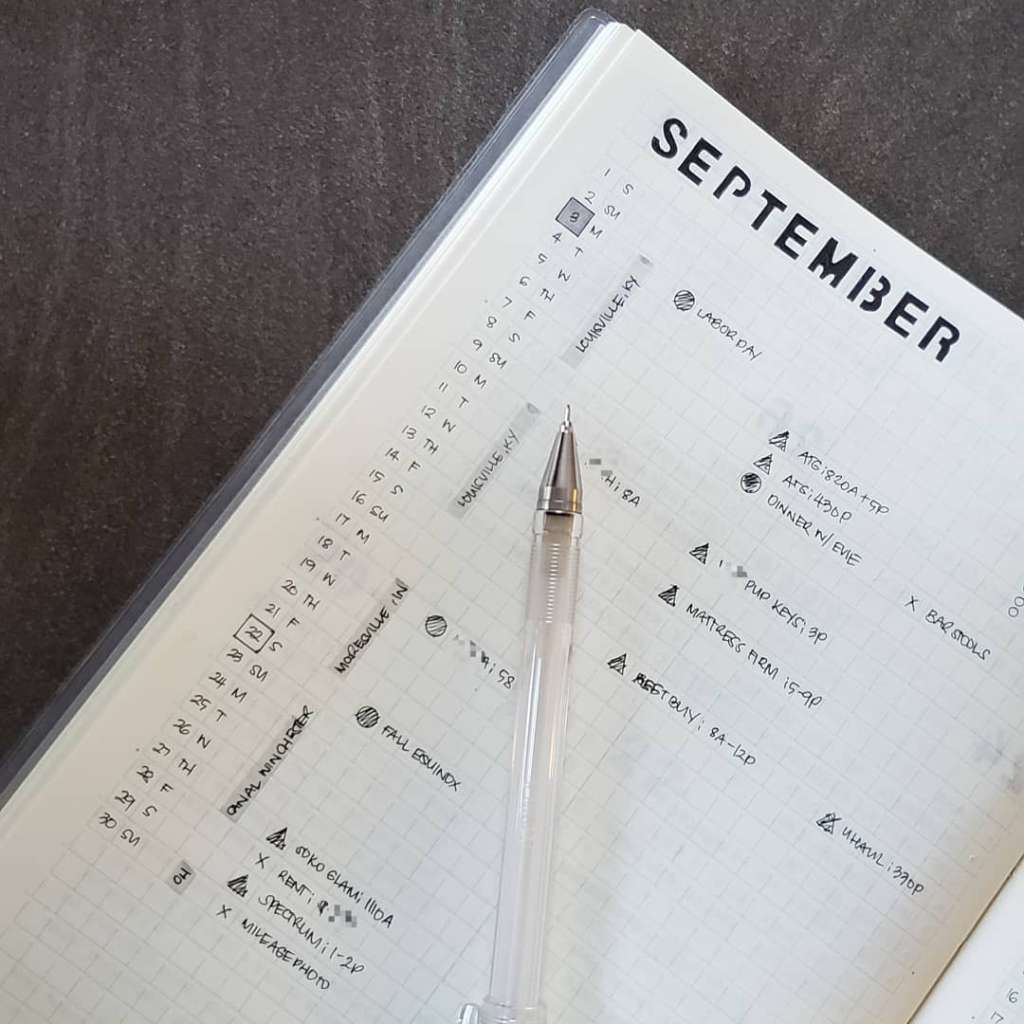
Pen used: Pilot g-tec

Amiza posted her monthly log where she creates two columns for her personal monthly log and her work monthly log. This is a great way to easily distinguish each type of event without the need to color code or use additional signifiers.
Traditional Calendar
Based on my observation, bullet journalists who have been accustomed to planners often use a traditional calendar format. Some use a mini calendar and some recreate the traditional planner calendar format.

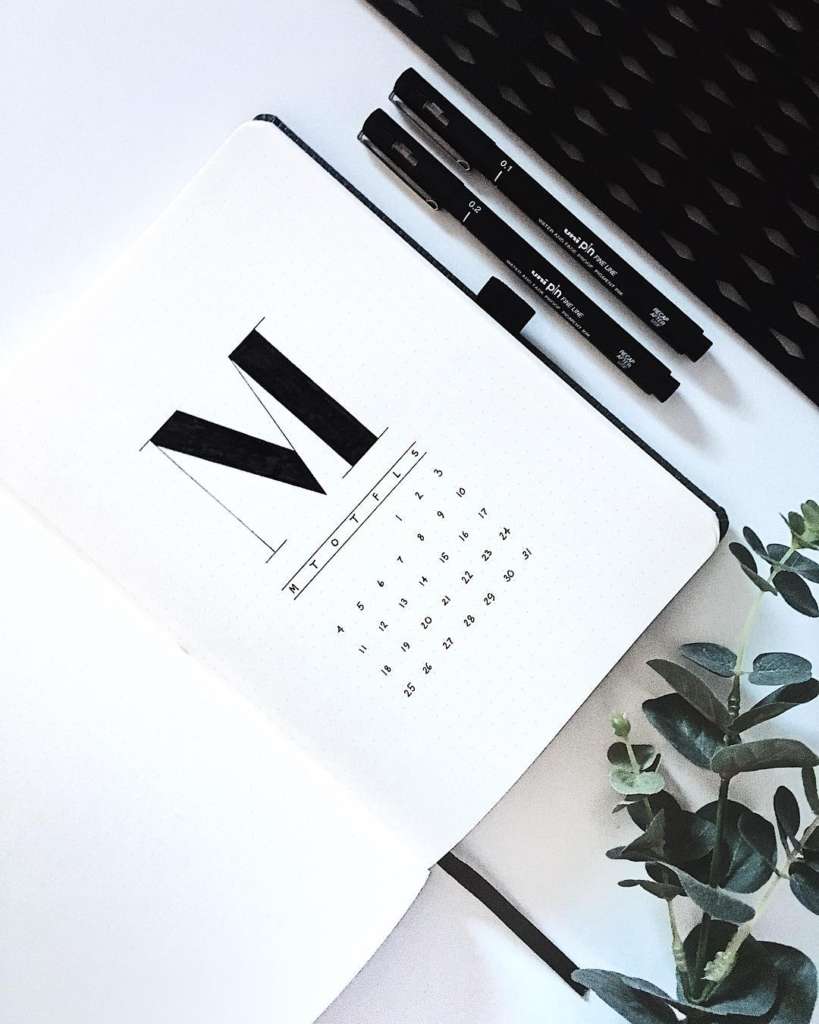
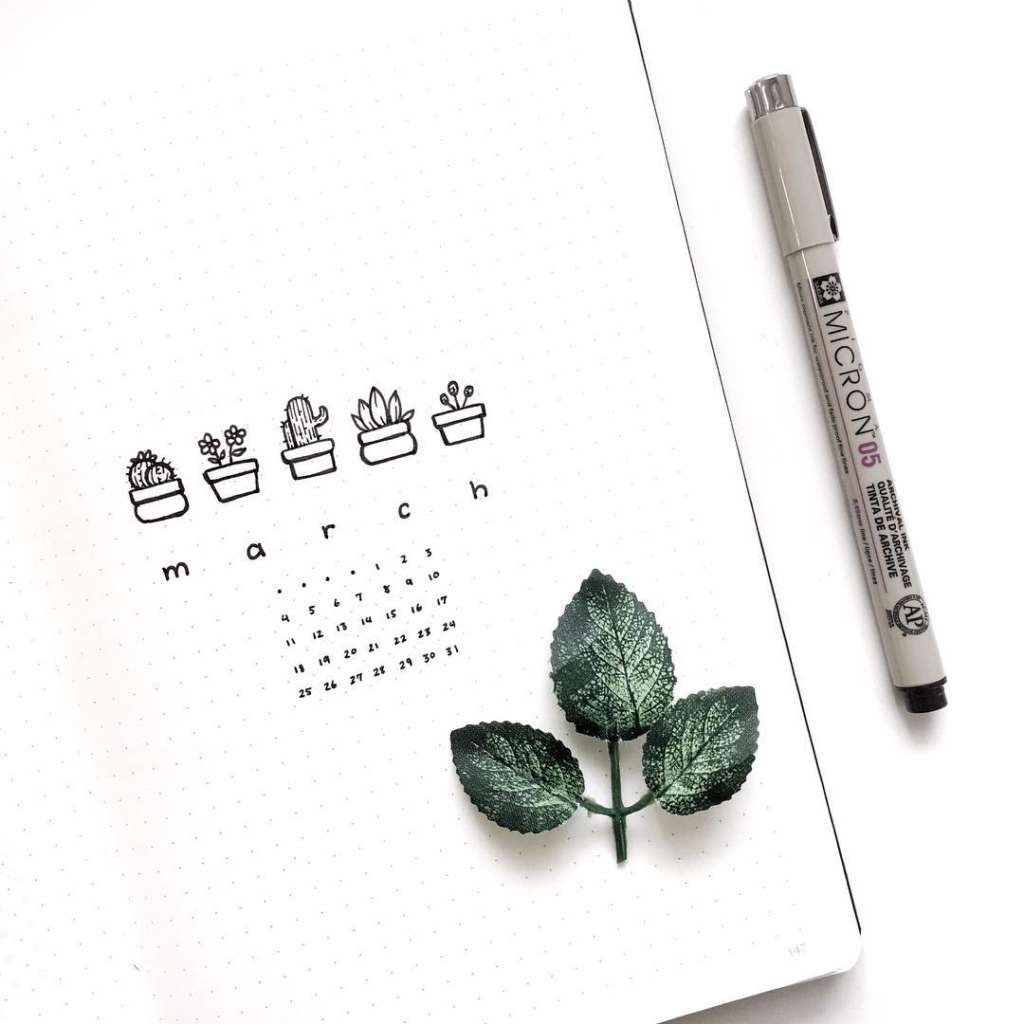

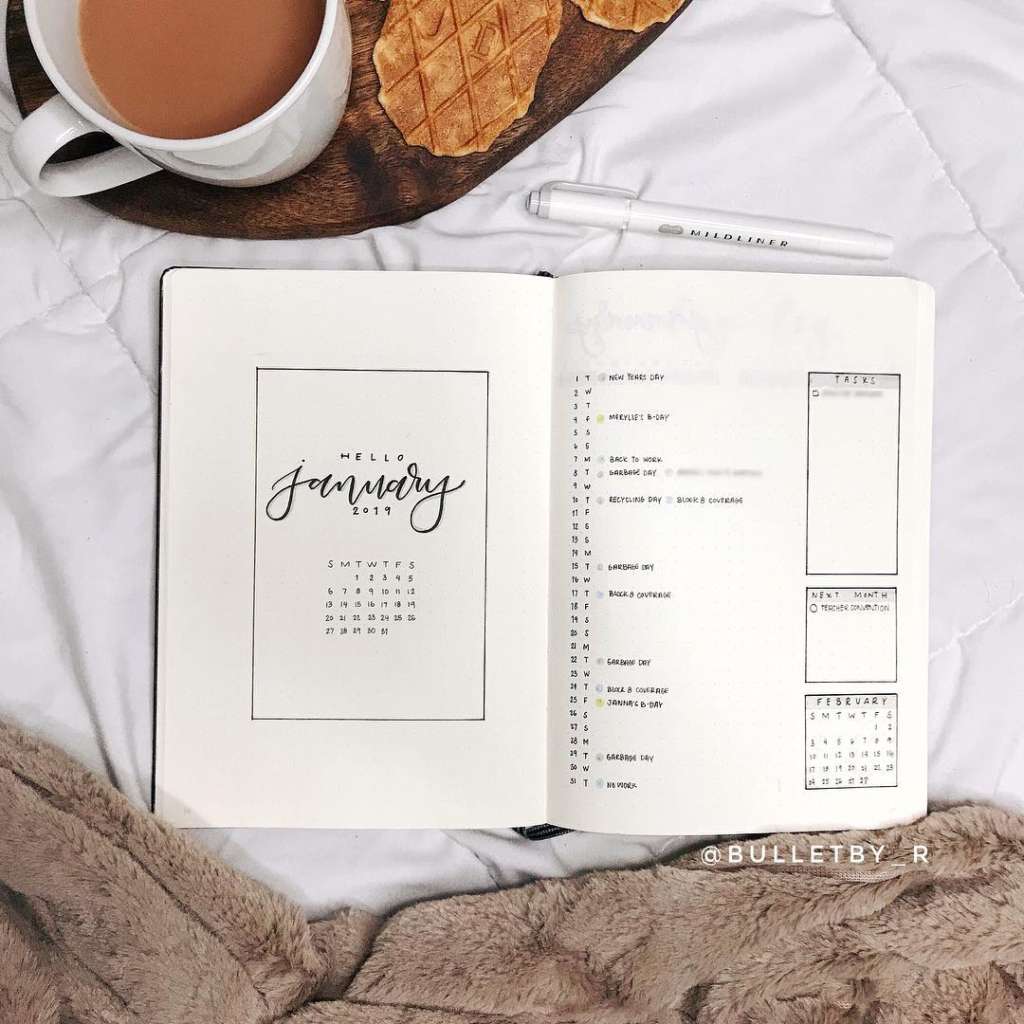
Tasks Page (“Mental Inventory”)
There are a lot of calendars to choose from but let’s not forget that a Bullet Journal monthly log needs a tasks page. This page is often overlooked because of the monthly calendars. The tasks page should be a place to dump all of the things that need to be done in a month – a master to-do list.
Maxie of calligrabujo‘s monthly log is a really good interpretation of the original monthly log. She divides her monthly calendar page into two so that she can split between dates and tasks.
In her post, she mentions that she logs important dates (like birthdays, etc) and things that she wants to remember on the left and she lists down tasks and appointments on the right. On the second page of her monthly spread, she logs her tasks but also writes down her monthly goals in separate section.
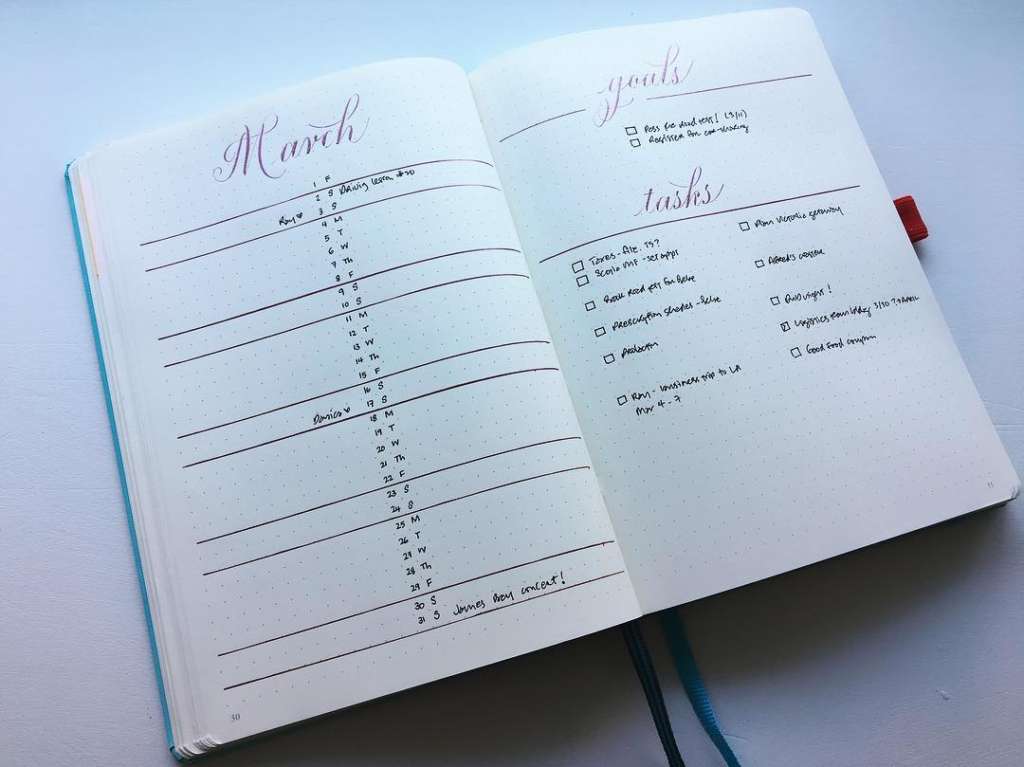

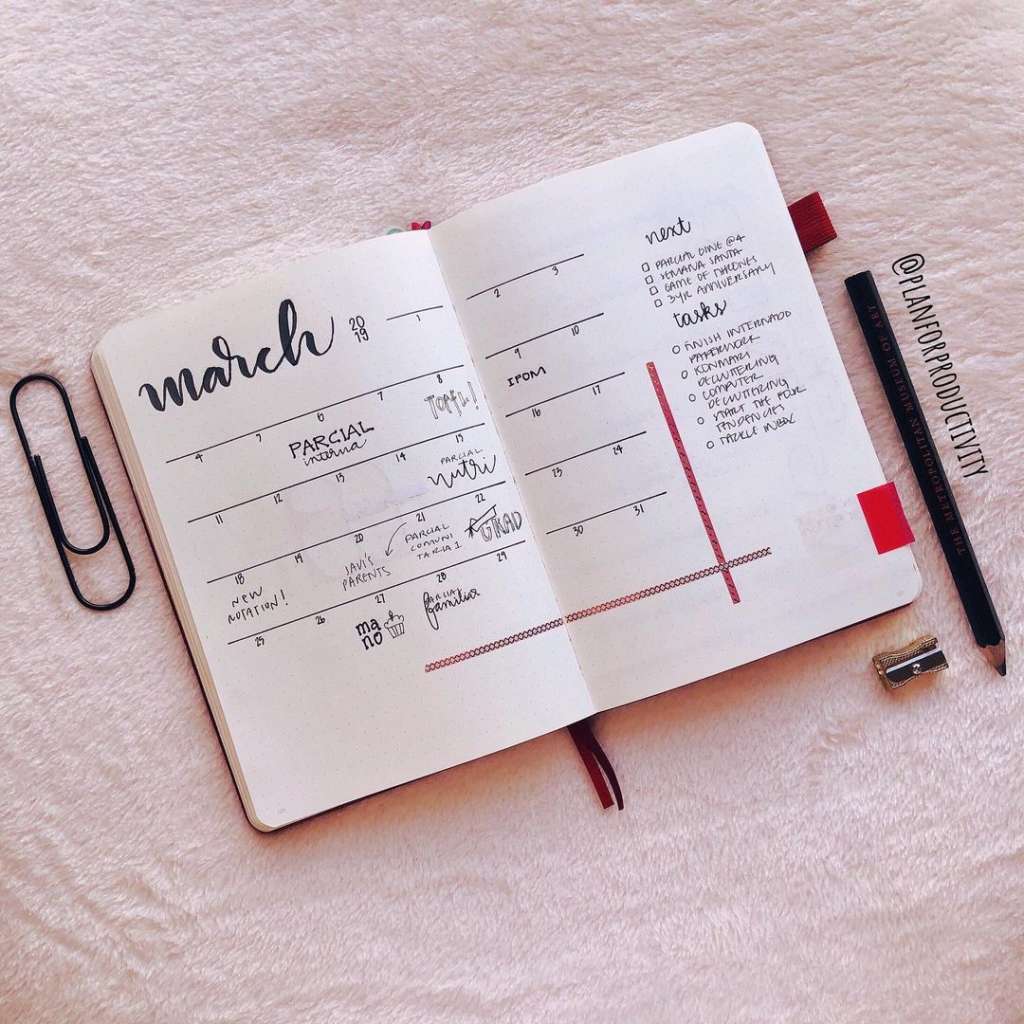
Amazon Disclosure
Rediscover Analog is a participant in the Amazon Services LLC Associates Program, an affiliate advertising program designed to provide a means for sites to earn advertising fees by advertising and linking to Amazon.com



